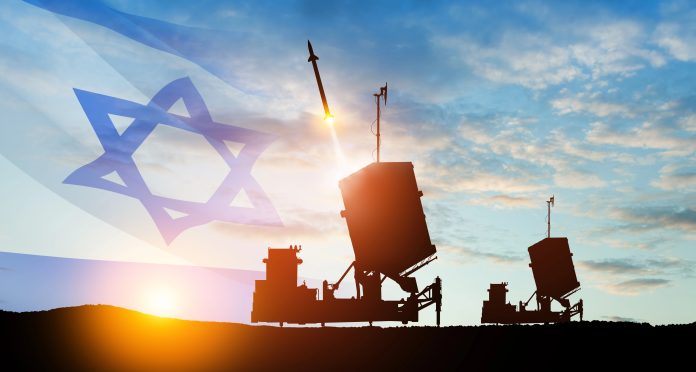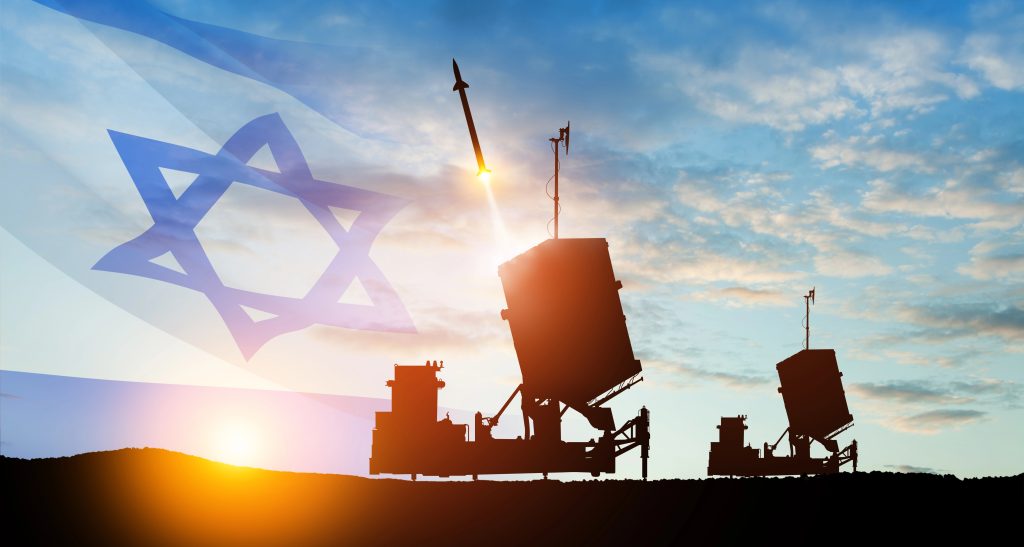
One evading missile can turn the war around. On a darkening June evening in 2025, Israel’s legendary air-defense system was pushed to its limits by Iran, and missiles blowing up as far north as Tel Aviv. Besides testing the mettle of Israel’s shield-in-shield, this reopened arguments by defense experts on the future of missile defense in the age of dizzying technological change.
Israel’s air defense system has traditionally been called one of the most developed systems in the world, and according to reports, it has saved thousands of lives. But as the threat profile is evolving from drone swarms to hypersonic missiles the technology and practice backing these defenses must adapt as well. This article discusses the most significant aspects of Israel’s new and upcoming missile defense, allied technology integration, and game-changing potential of directed energy weapons.
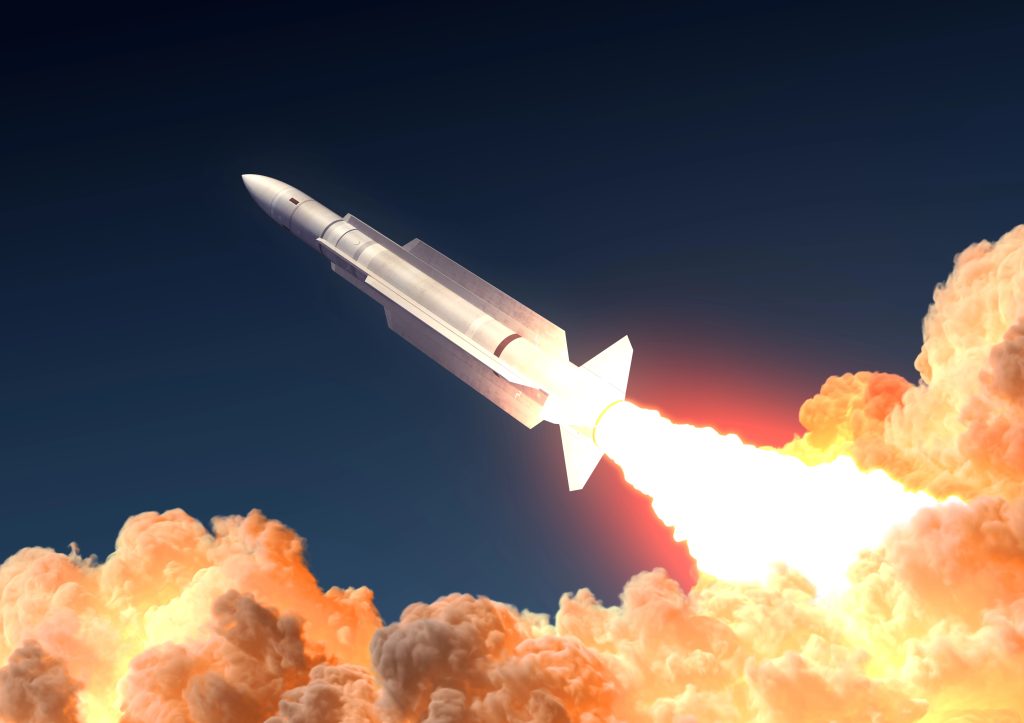
1. The Arrow System: Israel’s Exo-Atmospheric Shield
The Israeli-American jointly developed Arrow system is the backbone of Israel’s defense against the long-range ballistic missile threat. Designed to destroy missiles in mid-air, Arrow 2 and Arrow 3 became essential as they were rolled out, with Arrow 2 being said to be able to detect missiles from 500 kilometers and hit up to 14 at a time. Arrow 3, its latest iteration, is able to intercept missiles in flight, giving Israel yet another crucial level of security against future advanced threats.
Its operational record is a testament to the engineering sense and harsh realities of contemporary war. Arrow systems have already destroyed projectiles from Yemen’s Houthi rebels and most recently from Iran. But as the BBC suggests, it only does so on the assumption that it can be intercepted before hand and then be in a position to detect decoys and actual threats. The interceptors of the Arrow, flying nine times the speed of sound, still have to deal with raw weight and complexity of salvos coming their way. Arrow 2 has the capability to intercept and destroy short- and medium-range ballistic missiles mid-air at high altitude.
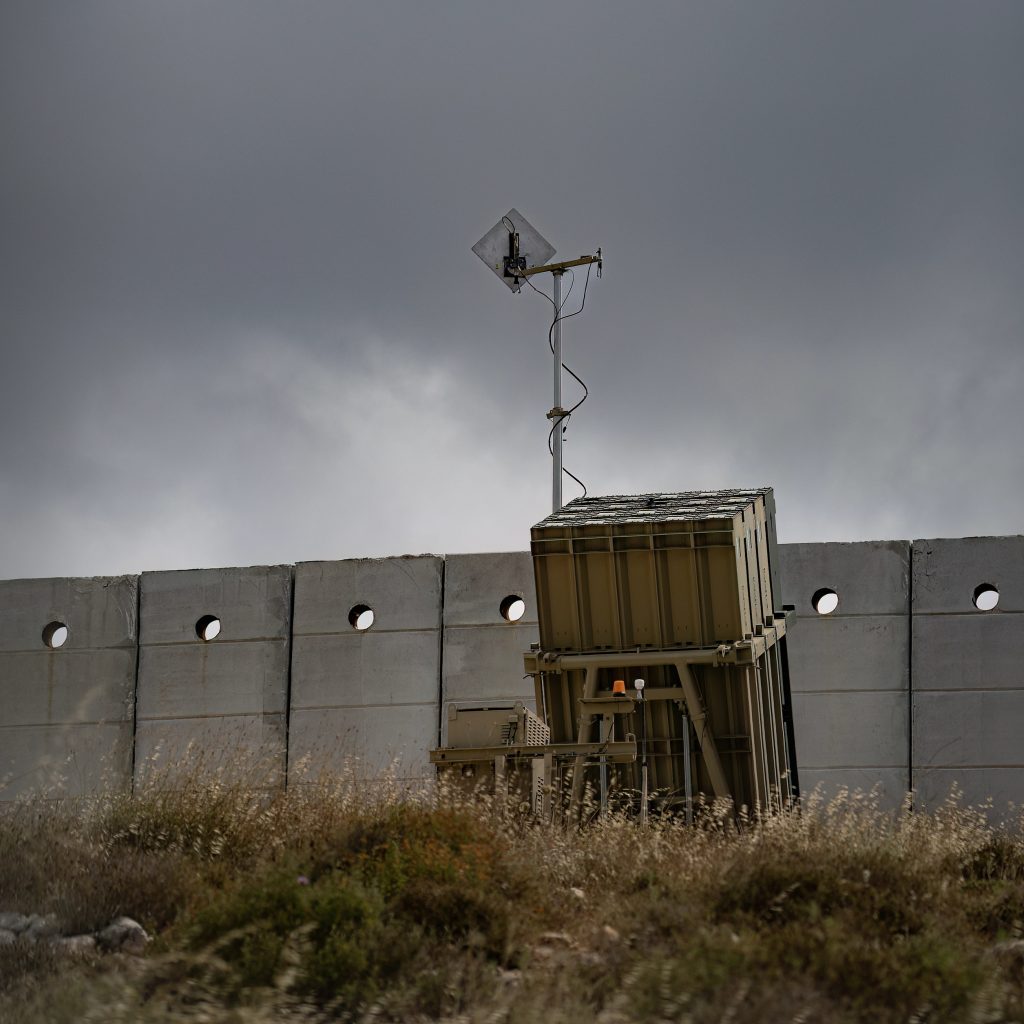
2. Iron Dome: The Workhorse of Short-Range Defense
Best-known name in missile defense, maybe, Iron Dome is now the best-known name for defending Israel from short-range rocket attack. Since going into operational status in 2011, the system has taken out thousands of rockets, with a claimed rate of more than 90% hits. An Iron Dome battery includes dozens of launchers and advanced radar, deciding which projectiles are heading for populated areas and firing only on those.
Cost-effectiveness of Iron Dome is also an issue of contentious debate. The Tamir interceptor is priced at about $50,000, a costly thing to blunt barrages of inexpensive rockets. BBC states that Iron Dome’s selective engagement computer software holds resources back, but the economic math of offense and defense remains a nagging problem. Iron Dome is Israel’s best-documented missile defense.
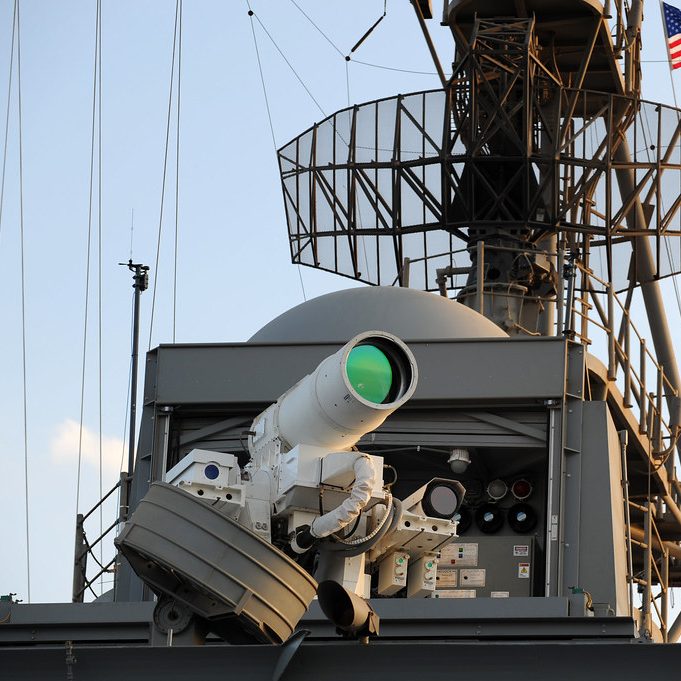
3. Iron Beam and the Promise of Directed Energy Weapons
The Israeli Iron Beam project is on the path to a revolution in missile defense with high-energy lasers used to kill incoming missiles. The developing Iron Beam will be tens of dollars per shot to tens of thousands for kinetic interceptors. This cost blowout would redefine the economics of missile defense, particularly in fighting swarms of rockets and drones.
Globally, directed-energy weapons (DEWs) are of growing interest. The RAND Corporation acknowledges that high-energy lasers have effects at light speed and have the potential for “increased accuracy, speed of engagement, magazine depth, and flexibility.” Nevertheless, there are yet technical challenges: lasers need unobstructed lines of sight, stable platforms, and enormous power sources, and are susceptible to weather or smoke. High-energy lasers have become increasingly the focus of military investment and technological development in the recent past.
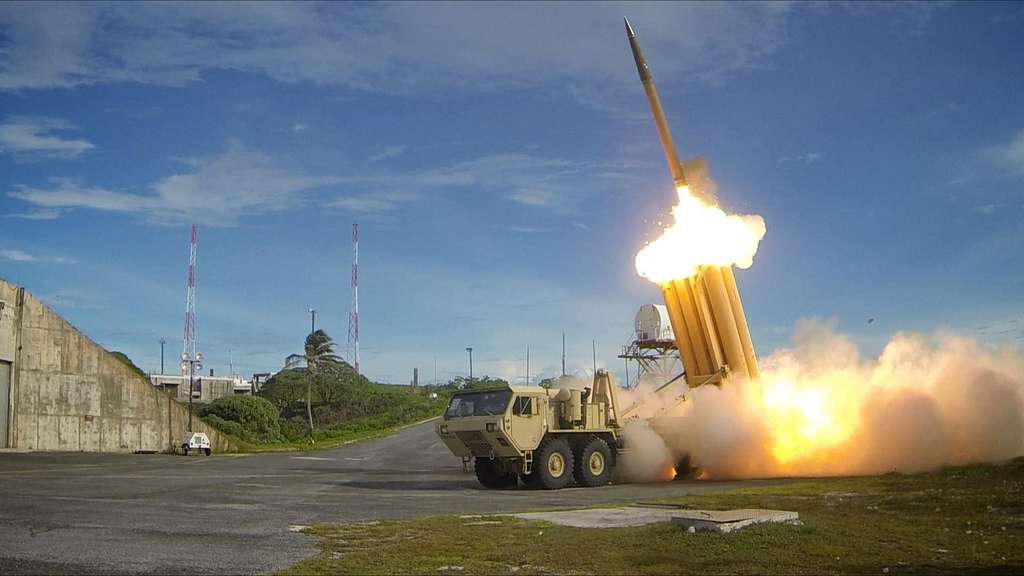
4. American Support: THAAD and Aegis in the Middle East
Israeli missile defense has also been supplemented with United States missile defenses, especially against massive attacks. The Terminal High Altitude Area Defense (THAAD) battery deployed by the United States is employed in addition to Israeli systems to destroy missiles at long ranges and high altitudes. A single battery of THAAD can destroy targets within and outside the atmosphere, adding a valuable additional layer of protection.
In April 2024, U.S. Navy Aegis ships in the Middle East intercepted Iranian ballistic missiles fired at Israel successfully using SM-3 interceptors. The allied coordination of U.S. and Israeli systems exemplifies how coordinated efforts work better than fighting a complex, multi-vector threat alone. American Navy ships in the Middle East with the Aegis BMD system intercepted Iranian ballistic missiles targeting Israel.

5. David’s Sling: Bridging the Medium-Range Gap
David’s Sling completes the missing link between Arrow and Iron Dome in neutralizing medium-range threats from the likes of Hezbollah. It is designed with American support using best-of-class interceptors to intercept missiles in classes neither Arrow nor Iron Dome operates. David’s Sling has operated round the clock since induction to counter evolving attacks.
System agility is given prominence, with threats diversifying increasingly. David’s Sling is designed to stay ahead of developing threats by means of real-time information and cutting-edge radar to provide optimal opportunity for intercept. David’s Sling is designed to intercept medium-range missiles such as those held by Hezbollah in Lebanon.

6. The Economic Calculus: Cost vs. Volume in Modern Defense
One of the biggest problems that missile defense engineers face is offense vs. defense economics asymmetry. According to James Black of RAND, “Munitions manufacturing capacity is tightly limited despite continuous international efforts to scale it up. Low-cost rockets and unmanned aerial vehicles have shifted the economic arithmetic of offence and defence to the advantage of those using large numbers of cheap unmanned systems and munitions to overwhelm more-complex air and missile defences.”
This balance has created demand for DEWs, which may bring equilibrium in the form of delivering virtually limitless ammunition at very low cost per round. Production of the prototype to deployment level is a compelling challenge. Ammunition manufacturing capability is inextricably linked despite continued global efforts to accelerate it.

7. Directed Energy Technical and Environmental Limitations
Promising as they are, directed energy weapons suffer also from severe technical and operational limitations. Lasers, for example, are extremely atmospherically sensitive fog, rain, or dust will diffuse or absorb the beam, wasting effectiveness. Second, DEWs need vast and stable sources of power, again making them hard to employ in austere or mobile environments.
The U.S. Government Accountability Office identifies that DEWs are less effective the farther from their target, and cooling requirements could limit prolonged firing. These aspects must be addressed before DEWs become integrated as a component of modern missile defense. Technological limitations. DEWs are less effective the farther from their target.
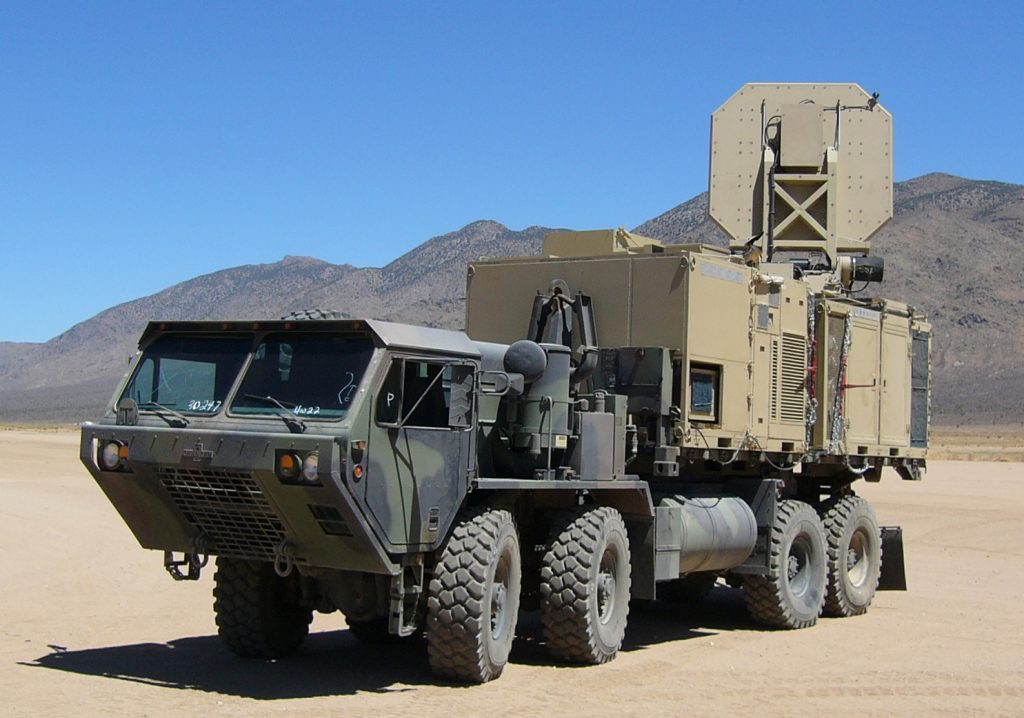
8. Graduated Response and Nonlethal Capabilities
Directed energy weapons have an odd advantage: the option to alter from a nonlethal to a lethal effect. High-energy lasers, for example, can blind sensors or human operators with an unverbal warning before having the ability to display destructive potential. Millimeter wave and microwave weapons can incapacitate electronics short-term or make people uncomfortable, as area-denial devices.
This versatility allows military planners to employ proportional force with minimal collateral damage and in coordination with changing rules of engagement. One example is the United States Department of Defense Active Denial System, which uses millimeter waves to produce a heat effect that will cause individuals to vacate a space without causing permanent harm. DEWs can deny access to space or incapacitate enemy forces or assets from being able to function within a space.

9. Integration and the Future of Layered Defense
Future missile defense will increasingly depend on the integration of several systems kinetic interceptors, DEWs, next-generation sensors, and command networks into one, layered framework. NATO and allied forces now emphasize integrated air and missile defense, trying to counter across the entire range, from low-cost drones up through high-end ballistic missiles.
As RAND’s James Black describes, “DEWs add a potential new dimension to this concept and a low-cost means of responding to threats that are spreading extensively.” The issue is how to offer interoperability, power, and rapid response as the threat goes along.

10. Ethical, Legal, and Health Considerations
Deployment of DEWs makes it difficult to solve a string of ethical and legal issues. International law so far has not fully provided for the use of nonlethal or directed energy technology, and the long-term negative health consequences on exposed individuals are still indeterminate.
The U.S. Government Accountability Office determines that “uncertainty about the long-term health consequences of DEWs on persons exposed to directed energy intentionally or unintentionally has posed questions about the ethics of using DEWs.” Policy makers and commanding generals are faced with these issues as the technology progresses.Ethical and health issues. While there are international legal norms and standards that could be applied, they are not necessarily defined as easily applicable to DEWs.
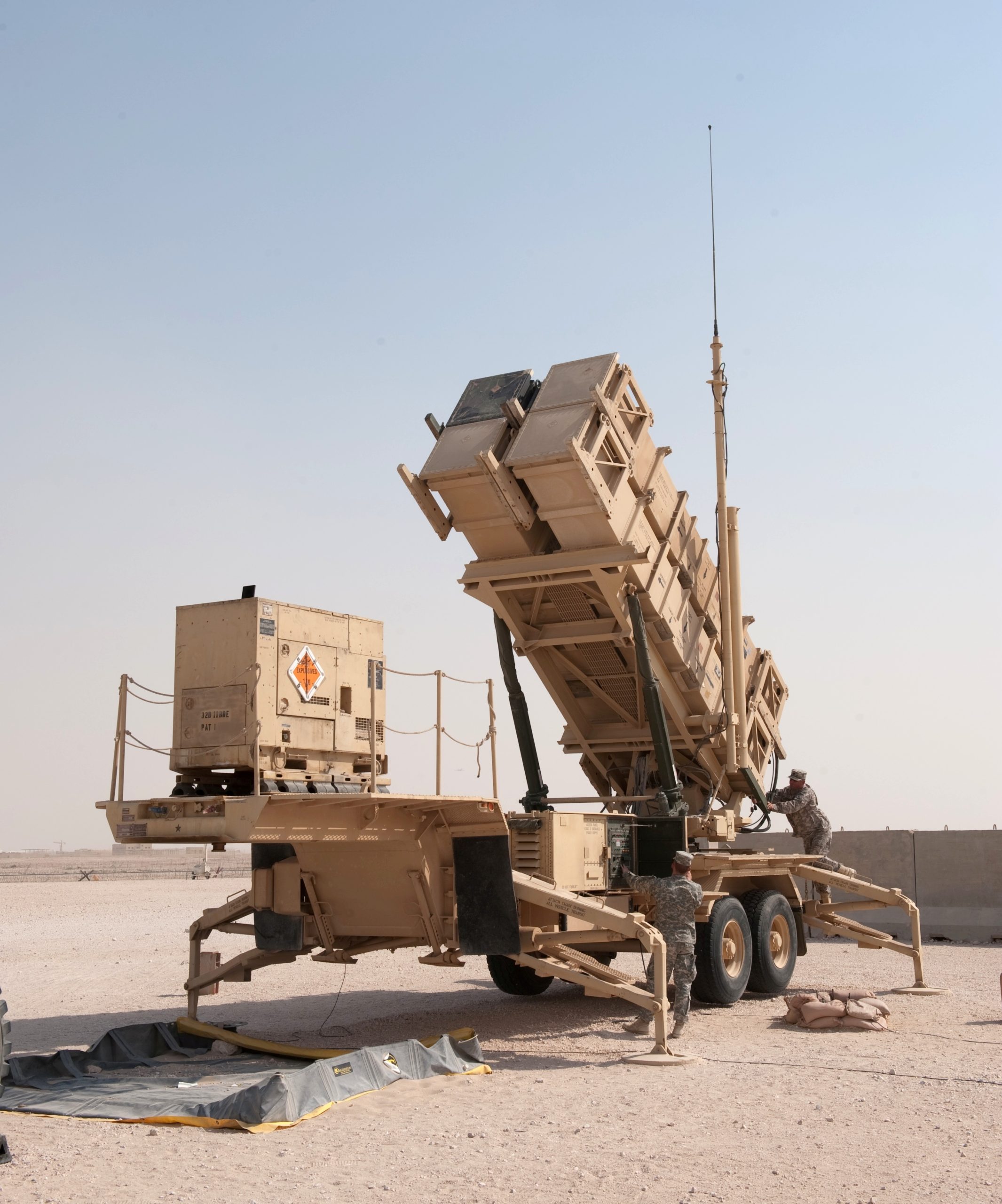
11. US R&D on Missile Defense: Patriot to Hypersonic Interceptors
The US has invested more than $250 billion on missile defense since 1985 and deployed missiles such as Patriot, Aegis, and THAAD across the world. The last few years have been focused on countering the new threat emerging in the form of hypersonic and cruise missiles using programs such as the Glide-Phase Interceptor and space sensors.
While U.S. defenses have proved effective against modest numbers of ballistic threats, the rate of enemy innovation requires constant adapting. The 2022 Missile Defense Review cited the increasing threat of unmanned aircraft systems and the imperative for integrated, layered defense. Current U.S. missile defenses have “demonstrated capability” to protect the U.S. homeland against a small number of intercontinental ballistic missile (ICBM) threats.

12. The Global Race for Technological Superiority
Israel is not the only one pushing next-gen missile defense strongly. The U.K., U.S., China, Russia, and others are all heavily investing in kinetic and directed-energy technologies. Recent U.K. DragonFire laser test, for instance, marked a milestone in European-directed energy laser development, and the U.S. continues to test and deploy lasers on ships.
With more sophisticated threats being used by foes in greater quantities, the competition to achieve technological supremacy in missile defense will escalate shortly. The union of DEWs with traditional interceptors might be the future of missile as well as air defense. In this experiment, Canada’s peak of £100 million of investment to date, the United Kingdom was among a lineup of countries hasty to manufacture and deploy so-called directed energy weapons (DEW).
The June 2025 tests hint at a best-case scenario: there is no invulnerable missile shield. But the ongoing pursuit of innovation once again dipping into everything from kinetic interceptors to directed energy weapons to networked systems moves steadily along, ever again redefining the edge. For defense technologists and military practitioners alike, the task is not to make the next new thing, but to stitch these breakthroughs together into a hard, tough defense. With international competition now reaching a fever pitch, missile defense in the future will be as much about engineering prowess as it will about the capacity to envision the constantly evolving shape of contemporary war.
